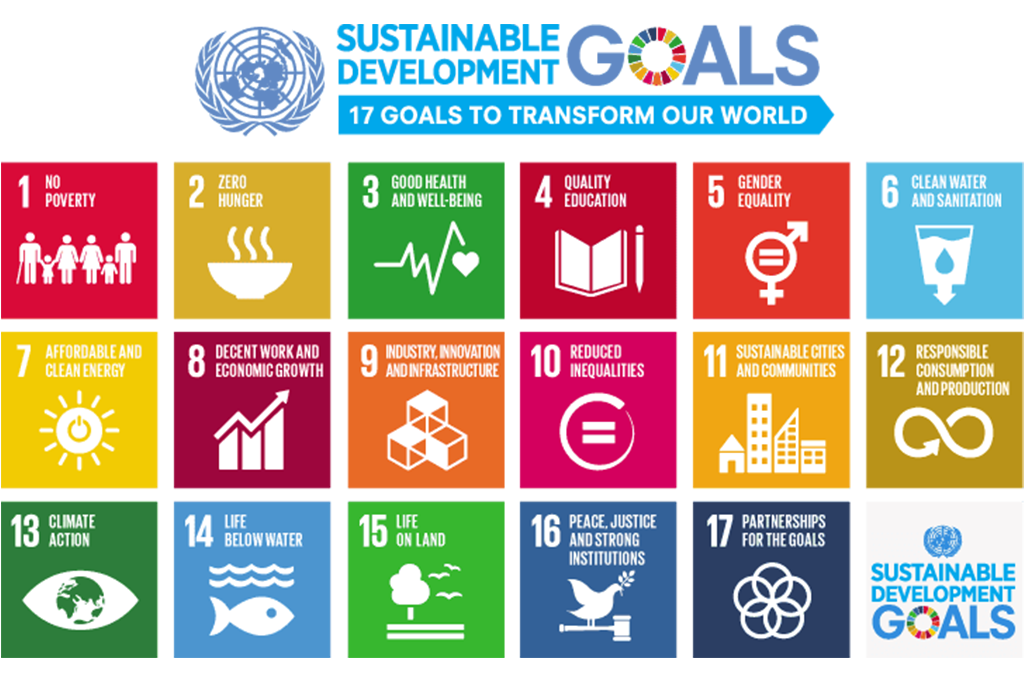Desalination offers a viable option for addressing global water scarcity, particularly in arid and drought-prone regions. With recent technological advancements, desalination is becoming increasingly energy-efficient and environmentally conscious. However, challenges such as high energy consumption, environmental impacts of brine discharge, and economic costs remain.
Technological Advances in Desalination
Reverse osmosis (RO) is the most commonly used desalination technology, accounting for over 60% of global desalination capacity (Global Water Intelligence, 2020). RO membranes have improved significantly in recent years, with developments in nanostructured materials and coatings reducing fouling and energy requirements. For instance, Elimelech & Phillip (2011) found that incorporating graphene oxide coatings into RO membranes increased salt rejection rates and reduced fouling by 30%.
Another promising technology is forward osmosis (FO), which uses natural osmotic pressure gradients instead of external pressure. Although still in early stages, FO has the potential to reduce energy consumption in desalination by 40% compared to RO (Shon et al., 2018). Additionally, recent advances in capacitive deionization (CDI) offer a low-energy alternative for desalinating brackish water sources.
Environmental Trade-offs of Brine Disposal
A major challenge with desalination is the disposal of brine, a concentrated salt byproduct. According to the UNESCO (2019), global desalination plants produce approximately 142 million cubic meters of brine daily, often discharged into the ocean. Studies by Jones et al. (2019) show that brine disposal can harm marine ecosystems, as high salinity and chemical residues disrupt local biodiversity.
New approaches to brine management, such as brine mining and zero-liquid discharge systems, are being explored to mitigate these impacts. Brine mining involves extracting valuable minerals from brine, including lithium and magnesium, which can offset desalination costs and reduce environmental harm (Khawaji et al., 2018).
Economic and Social Considerations
Desalination remains costly, especially for developing regions. The average cost of desalinated water ranges from $0.50 to $1 per cubic meter, which can be prohibitive for low-income areas (World Bank, 2020). Subsidies, technological grants, and international collaboration can help bridge this gap and make desalination more accessible.
Path Forward
Advances in FO, CDI, and sustainable brine management present a promising path forward. By continuing to innovate and address the environmental and economic trade-offs, desalination can be integrated into comprehensive water strategies that are both ecologically sound and economically feasible








